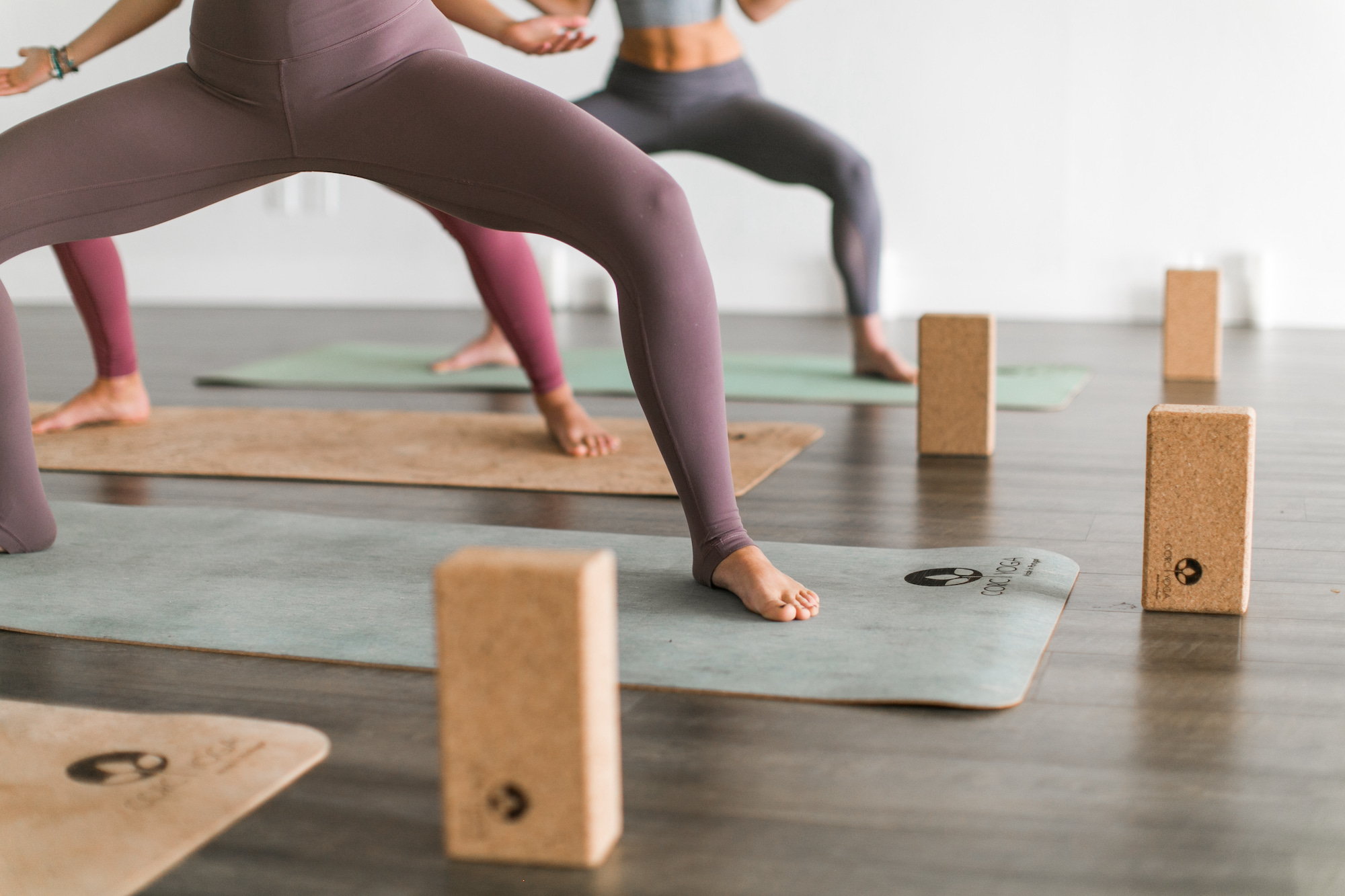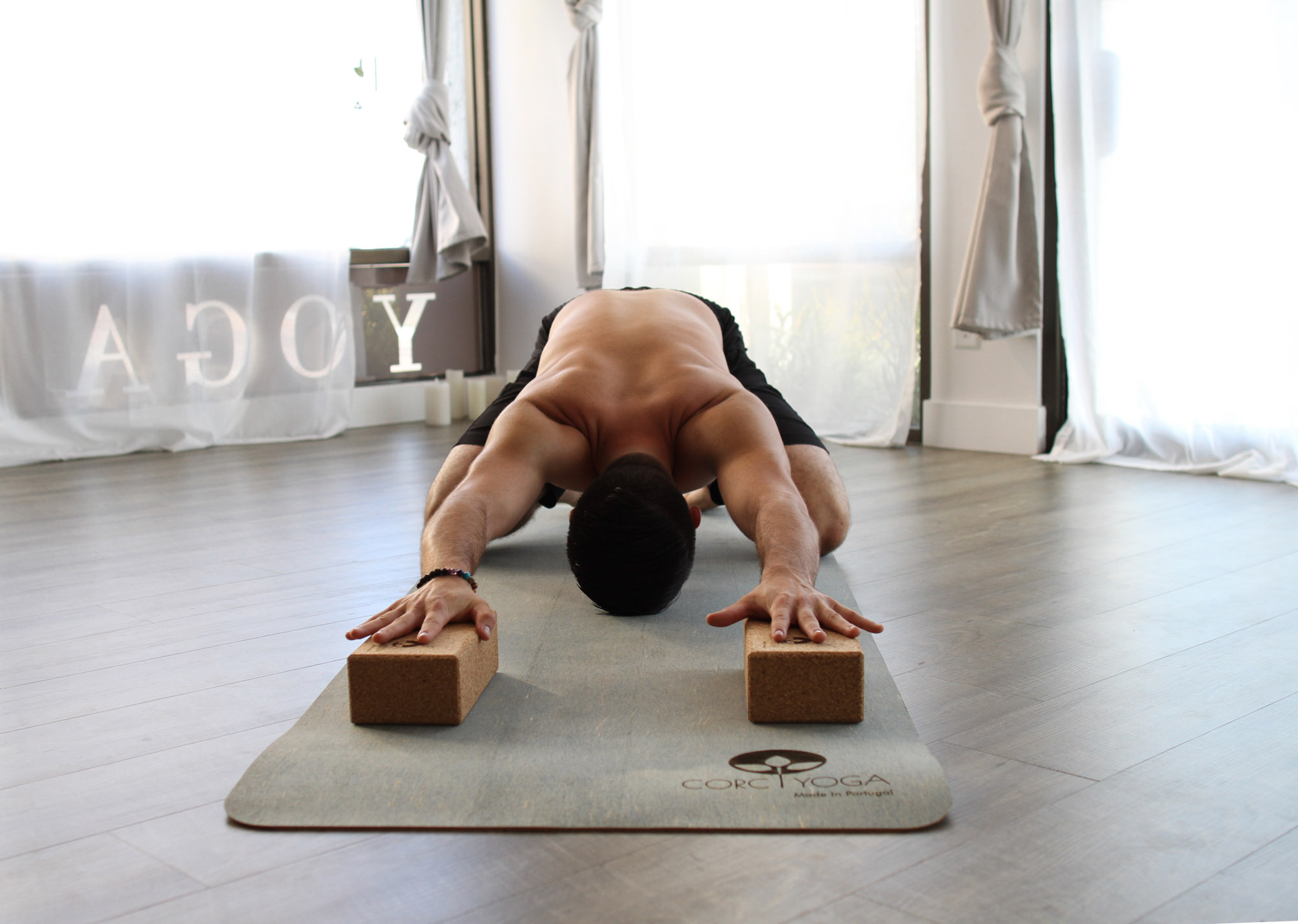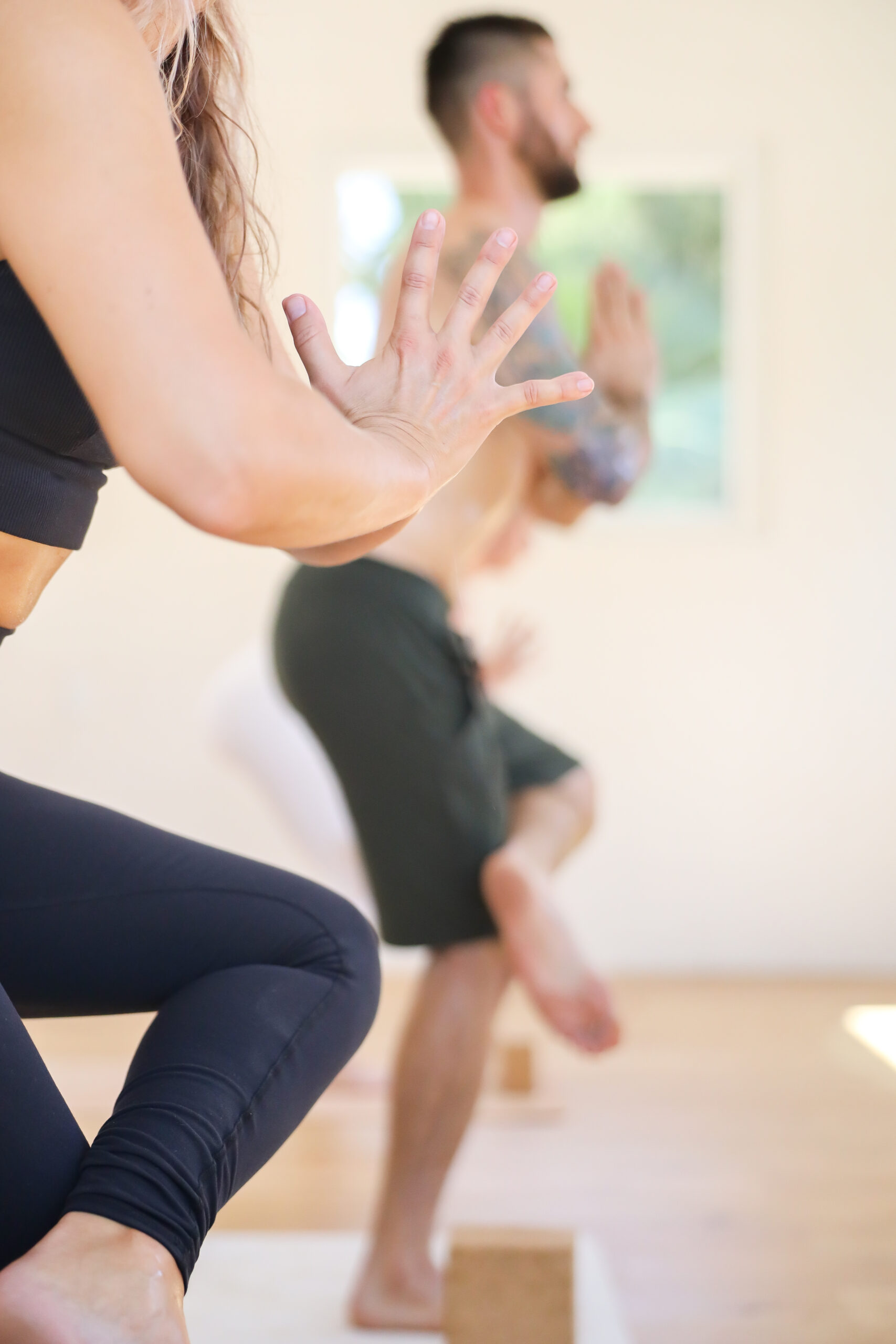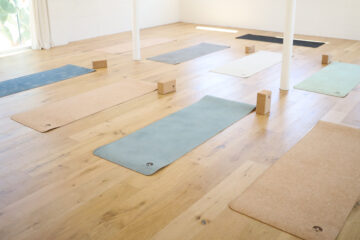Have you ever bent down to lace your shoes and found it more difficult than expected? Maybe you experienced pain in your back or stiffness behind your legs. Inflexibility can have a limiting effect on our lives and lead to scary consequences if we don’t do something about it.
What happens when you’re not flexible?
So what are the consequences of inflexibility? Since every muscle in your body is connected, a lack of flexibility increases tightness throughout your whole body. As a result, muscles pull on your joints and cause more pain.
Inflexible muscles are shorter and tighter. And a lack of flexibility creates muscular imbalances. This leads to poor posture, improper movement, and eventually injury. Additionally, being inflexible limits your range of motion which decreases your muscles’ efficiency and will limit your ability to grow stronger.
Inflexibility may just seem like a harmless symptom of old age. But as UC Davis points out, tight, inflexible muscles eventually lead to injury. Without properly stretching your muscles, they become weak and unable to extend completely when engaged for use.
For example, office workers who sit in a chair all day often experience tightness in their hamstrings down through the back of the thigh. The range of motion will be influenced by the mobility of the soft tissues that surround the joint. These soft tissues include muscles, ligaments, tendons, joint capsules, and skin.
What causes our muscles to be inflexible?
We don’t become more flexible unless we do something about it. We naturally lose flexibility as our bodies get older. As our bodies age, there’s loss of water in our tissues and intervertebral discs, increased stiffness in our joints, and a loss of elasticity in muscles and tendons. We gradually lose a small amount of flexibility as a result of the normal aging processes.
However, stretching and performing exercises that improve your range of motion, such as yoga, will improve your flexibility.
If you’re not practicing yoga or stretching on a regular basis, then it’s a good idea to at least stretch prior to exercise. And if you don’t exercise regularly, consider stretching at least three times a week to maintain and improve your flexibility.
Pay special attention to problem areas in your body. For example, if you’re experiencing tightness in the back of your leg, stretch that area each day.
How do you get more flexible?
A lack of flexibility may sound like a complicated problem to overcome. But with time, it’s quite simple to become more flexible. If you live a mostly sedentary lifestyle, then consider moving more. Go for a walk, join a gym, or become a member of a fitness studio.
We’d be remiss if we didn’t recommend that you go find a yoga studio nearby. You’ll not only experience the obvious benefit of improved flexibility, but yoga has also been shown to provide countless additional advantages.
If you frequently workout, but still lack flexibility, then try adding an exercise you don’t normally do, such as yoga or a bootcamp class. This will stretch your muscles, improve your range of motion, and in time, increase your flexibility.





